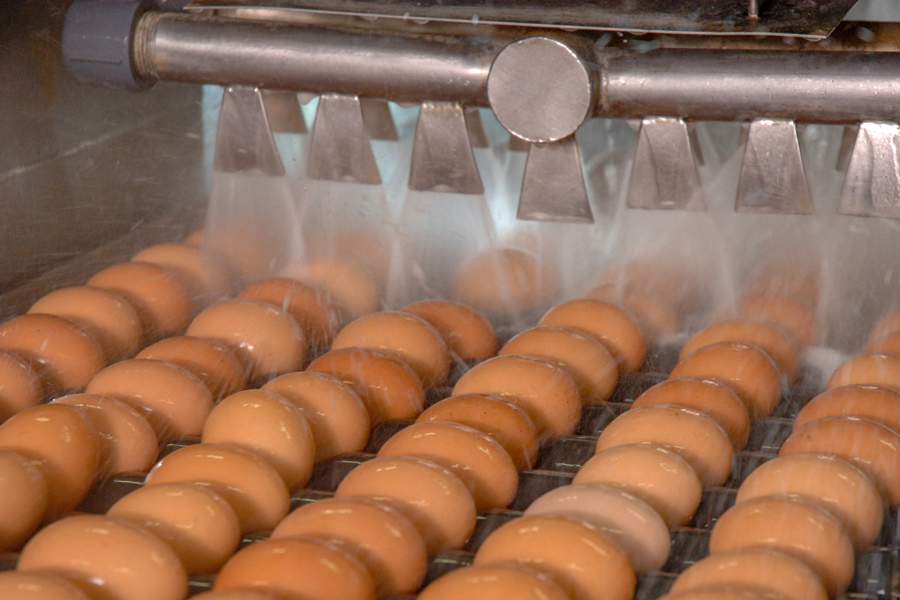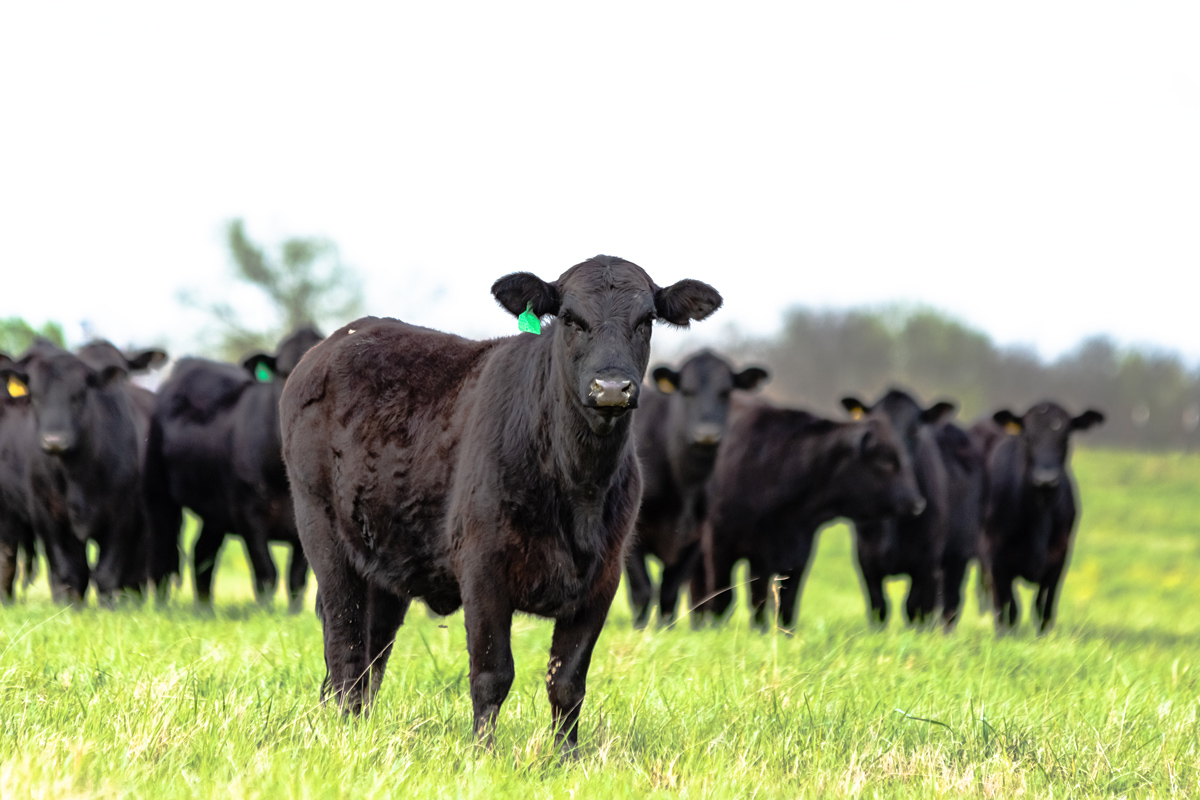Animal Production
-

One of the greatest risks cattle producers face is price risk. Price changes can come in the form of declining cattle prices for sellers, increasing cattle prices for buyers or increasing feed prices for feed users. Because of this risk, producers might want to “insure” feeder cattle, fed cattle or feed against unfavorable price movements, while still being able to take advantage of favorable price movements. Cattlemen have this opportunity by using the commodity options market.
John C McKissick and R. Curt Lacy
|
-

Understanding the concept of basis is a key element in developing a sound marketing plan. Basis refers to the relationship between a commodity’s cash price in a local market and its futures market price. A more formal definition of basis is the difference between the cash price and the futures price for the time, place and quality where delivery actually occurs. Even if a producer never uses the commodity futures market directly, knowledge of the basis can be of great value when making marketing decisions.
John C McKissick and R. Curt Lacy
|
-

This publication is designed to give commercial egg processors the information they need to understand and effectively deal with the wastewater grit generated from the conveying, washing and grading of table eggs.
Casey W. Ritz and Brian H Kiepper
|
-

When competing in youth horse judging contests or events at horse shows, it is important to have a good understanding of basic performance events that may be encountered. This publication is designed to give a basic overview of common hunt seat and western pleasure performance classes. It is by no means comprehensive of all events that may be seen and does not go in-depth on any one event.
Kylee Jo Duberstein
|
-

The goal of this publication is to introduce the development of a more accurate measurement of water-use efficiency based on the bulk quantities of materials handled at each processing step at a poultry slaughter plant.
Brian H Kiepper
|
-

Most structural failures in poultry houses are due to a combination of weaknesses in the structural members, including the foundation, walls, trusses and the connections between them. Improvements in any of the factors described in this publication will help the strength of the building.
Michael Czarick, John W. Worley, and Sidney A. Thompson
|
-

B 1377
UGA Feed Cost Analyzer
The UGA Feed Cost Analyzer is a spreadsheet-based decision aid to compare potential feedstuffs on a price per pound of crude protein and energy (total digestible nutrients; TDN). This program consists of a feed library prepopulated with some common feedstuffs, a least cost feedstuff analyzer, and a feedstuffs replacement calculator. Each page contains step by step directions on how to use this decision aid.
R. Curt Lacy, Dennis Hancock, and Lawton Stewart
|
-

Cutting costs allows producers to survive during trying times and also teaches valuable lessons that may actually increase profits in future years. Cutting corners, on the other hand, may save some money in the short-run but ultimately will have very detrimental effects.
Lawton Stewart, R. Curt Lacy, Dennis Hancock, Ronald E. Silcox, and Glendon H. Harris
|
-

Providing proper and adequate nutrition is a challenge all horse owners must face. Understanding your horse’s nutritional needs is important, not only to optimize performance, but also to ensure your horse’s safety. The following guidelines emphasize key points to keep in mind when determining how to meet your horse’s nutritional requirements.
Kylee Jo Duberstein
|